
Colonel Matron Kathleen Annie Louise Best, was the first director of the Women's Royal Australian Army Corps.

Dame Emma Maud McCarthy, was a nursing sister and British Army matron-in-chief.

John Walter Fletcher is widely regarded as the "father of Australian soccer". He was also prominent in New South Wales (NSW) as a teacher and a magistrate.
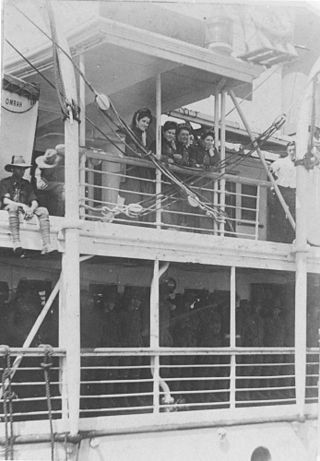
Australian women in World War I, were involved in militaries, and auxiliary organisations of the Allied forces abroad, and in administration, fundraising, campaigning, and other war time efforts on home front in Australia. They also played a role in the anti-war movement, protesting conscription, as well as food shortages driven by war activities. The role of women in Australian society was already shifting when the war broke out, yet their participation on all fronts during the Great War escalated these changes significantly.
John William Fletcher OBE was a politician in Queensland, Australia. He was a Member of the Queensland Legislative Assembly.

Grace Margaret Wilson was a high-ranked nurse in the Australian Army during World War I and the first years of World War II. Wilson was born in Brisbane, and completed her initial training as a nurse in 1908. After the outbreak of World War I she joined the Australian Army Nursing Service (AANS) and subsequently transferred to the First Australian Imperial Force. From 1915 until 1919 she was the principal matron of the 3rd Australian General Hospital. She served as the temporary matron-in-chief in the AIF Headquarters, London from late 1917 until early 1918. Wilson returned to Australia in 1920 and left the AIF to work in civilian hospitals. She was appointed the matron-in-chief of the AANS in 1925, and in September 1940 joined the Second Australian Imperial Force. She served in the Middle East until August 1941, when she returned to Australia due to ill health. She left the Army the next month, but from September 1943 worked in the Department of Manpower Directorate (Victoria)'s nursing control section.

The Australian Army Nursing Service (AANS) was an Australian Army Reserve unit which provided a pool of trained civilian nurses who had volunteered for military service during wartime. The AANS was formed in 1902 by amalgamating the nursing services of the colonial-era militaries, and formed part of the Australian Army Medical Corps.
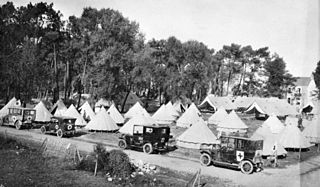
The Australian Voluntary Hospital was a military hospital staffed by Australian expatriates in England that served on the Western Front between 1914 and 1916. For most of the first year of the war, although not an Australian Army unit, it was an Australian presence on the Western Front.

Rose Ann Creal, was a decorated Australian nurse of the First World War.

Jean Nellie Miles Walker RRC, was an Australian army nurse who served in Egypt during World War I. She was the only Tasmanian nurse to die on active service during World War I.

Florence Ina MacDowell was an Australian nurse who served in World War I.
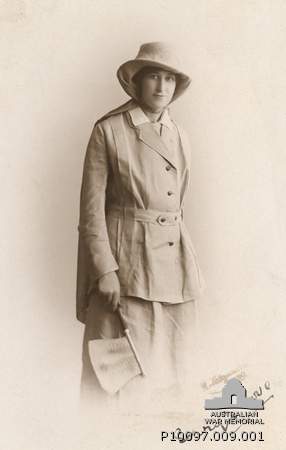
Christense Sorensen (1885–1958) was an Australian hospital matron and army nurse. She served during the First World War and later became a civilian matron. She held positions in the Australian Army Nursing Service, Brisbane General Hospital, and Rosemount Repatriation Hospital. Upon her retirement she had treated more than a million patients.
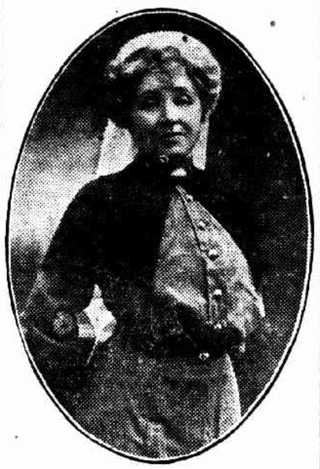
Adelaide Maud Kellett, was an Australian army nurse and hospital matron. She served with the Australian Army Nursing Service in the First World War and was matron of Sydney Hospital from 1921 to 1944.

Mary Anne Pocock,, commonly known as Bessie Pocock, was an Australian nursing sister and army matron who served in the Second Boer War and the First World War. She was awarded the Associate Royal Red Cross and thrice Mentioned in Despatches for her wartime service.

Elsie Clare Pidgeon, was an Australian army nurse and hospital matron. She was awarded the Associate Royal Red Cross in the First World War and the Florence Nightingale Medal in 1935.
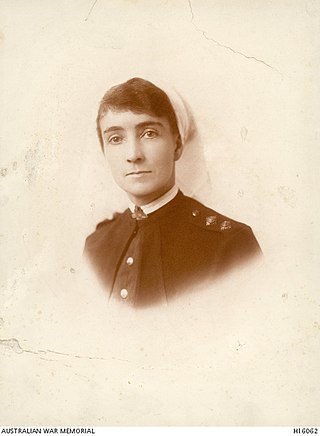
Nellie Constance Morrice was an Australian army and civilian nurse. Following her overseas military service in World War I, she was secretary of the New South Wales Bush Nursing Association for 23 years, overseeing significant growth in its coverage.

Ida Greaves was the Australian Matron of the Australian Voluntary Hospital in WWI who became a member of the Royal Red Cross.

Constance Amy Fall, was a British-born Australian nurse known for her work during the Second World War. After becoming the first nurse appointed to the Australian Army Nursing Service on the outbreak of the war, Fall travelled to the Middle East with the Second Australian Imperial Force and served as matron of the first Australian hospital in Gaza. She received a mention in dispatches and was awarded the Royal Red Cross for her efforts

Ann Judith Fletcher, known in later life as Judith Paszek, was a portrait and fashion photographer from Sydney.

Ann Marian Fletcher, was an Irish Australian embroiderer, school administrator, and boarding house operator. She is best known for embroidering the small red velvet bag that accompanies The Ashes urn.



















